
Throughout her life, Lea Goldberg proved she was a one-woman literary powerhouse. She wrote academic articles, children’s books, prose and various forms of poetry; You’d be hard-pressed to find a literary genre that this prolific, exceptional artist skipped over.
At the National Library of Israel, you will not only find her printed books, but also a manuscript of one of the first books she wrote, the children’s book Yedidai MeRehov Arnon ("My Friends From Arnon Street").
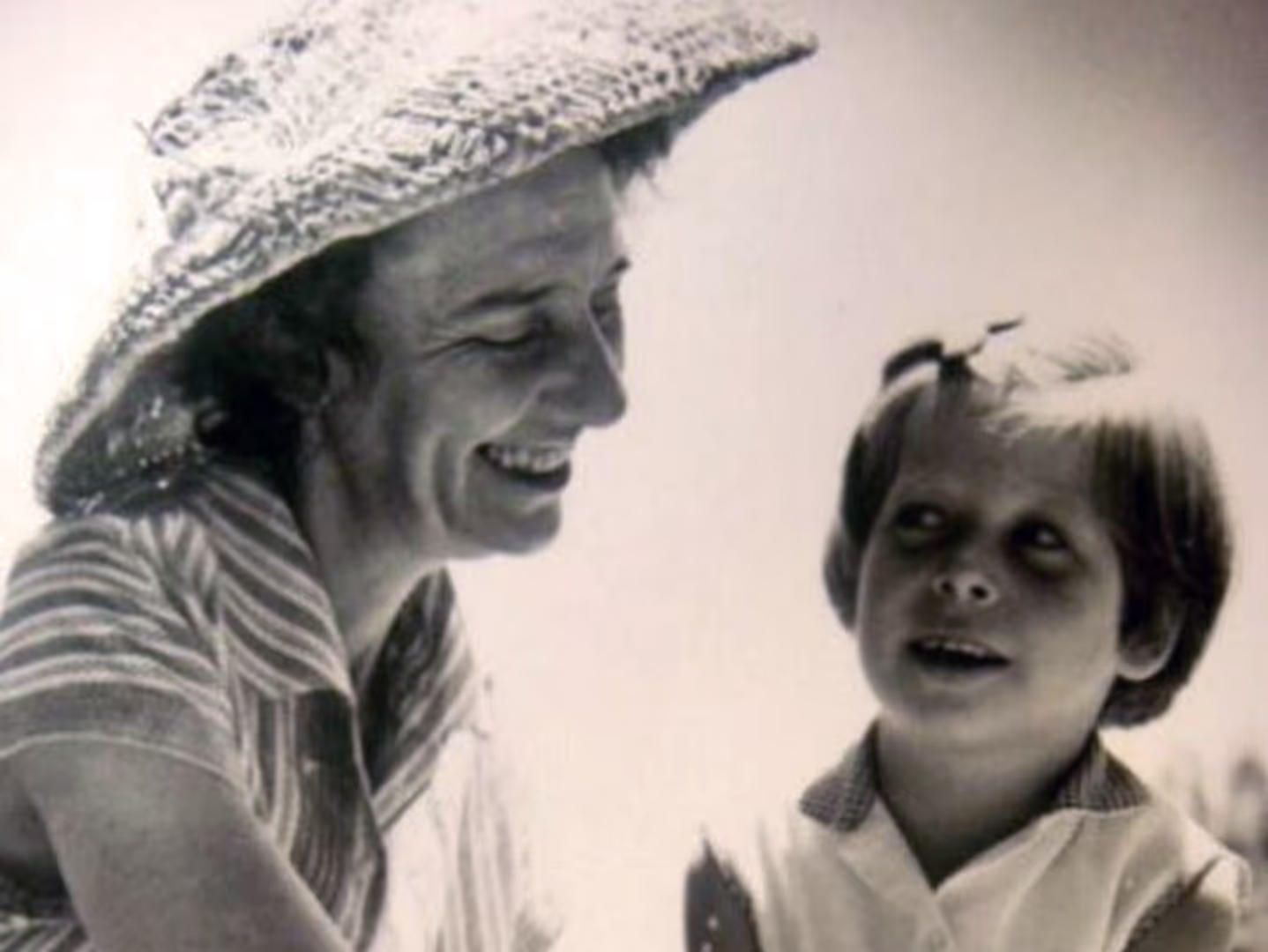
Throughout her life, Lea Goldberg proved she was a one-woman literary powerhouse. She wrote academic articles, children’s books, prose and various forms of poetry; You’d be hard-pressed to find a literary genre that this prolific, exceptional artist skipped over.
At the National Library of Israel, you will not only find her printed books, but also a manuscript of one of the first books she wrote, the children’s book Yedidai MeRehov Arnon ("My Friends From Arnon Street").

Throughout her life, Lea Goldberg proved she was a one-woman literary powerhouse. She wrote academic articles, children’s books, prose and various forms of poetry; You’d be hard-pressed to find a literary genre that this prolific, exceptional artist skipped over.
At the National Library of Israel, you will not only find her printed books, but also a manuscript of one of the first books she wrote, the children’s book Yedidai MeRehov Arnon ("My Friends From Arnon Street").

Yedidai MeRehov Arnon, or My Friends From Arnon Street, was not the first book that Goldberg published. That honor is reserved for Tabaot Ashan ("Smoke Rings"), a book of poems that she published in 1935, the year she immigrated to the Land of Israel. But the wonderful children’s book My Friends From Arnon Street holds its own special place of honor because it was Goldberg’s first book of prose, published in 1943.
The book contains four fantastical stories of adventure, with characters such as a set of twins who plant candy in the ground and an Austrian dog who only responds to Hebrew commands. The artist, however, promised a slightly different experience for the girls and boys who had enthusiastically followed along with the many stories she had published previously.
In the introduction to her book, she revealed to her readers that, “The stories in this book were written in a slightly different way than my other stories: In this book, there are very many things that truly did happen. First of all, at that time, I lived in Tel Aviv on Arnon Street, and the house I lived in was really number 15, and on the corner of the street there really was a blue house (…) Also, my little friends from Arnon Street were in reality the way I described them, and we were friends. Ruti and Yona, for example, really were two little twins. They still are twins, but now they’re big.”
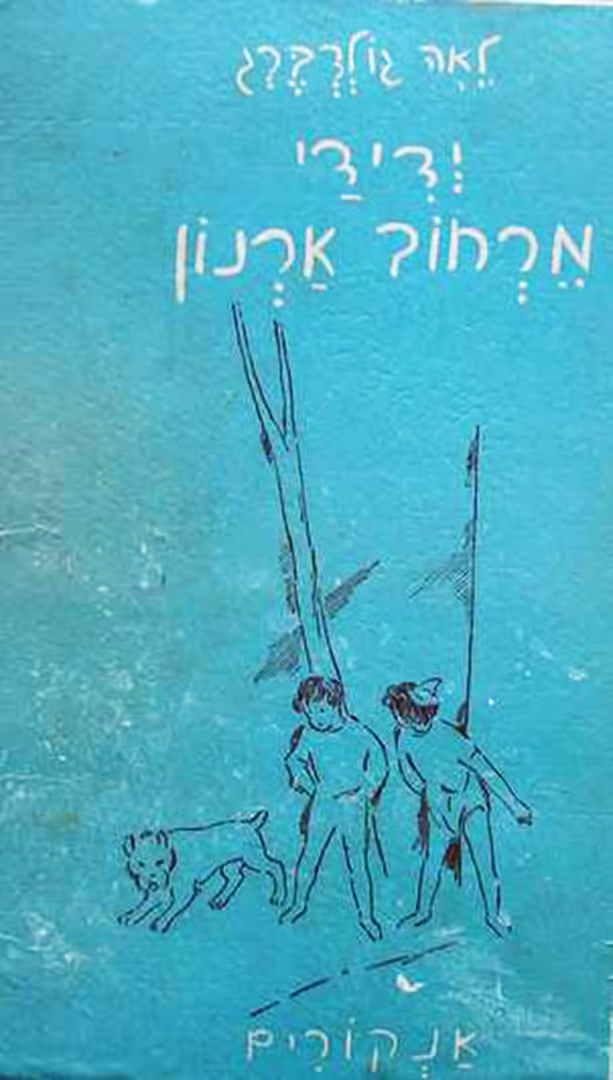
Yedidai MeRehov Arnon, or My Friends From Arnon Street, was not the first book that Goldberg published. That honor is reserved for Tabaot Ashan ("Smoke Rings"), a book of poems that she published in 1935, the year she immigrated to the Land of Israel. But the wonderful children’s book My Friends From Arnon Street holds its own special place of honor because it was Goldberg’s first book of prose, published in 1943.
The book contains four fantastical stories of adventure, with characters such as a set of twins who plant candy in the ground and an Austrian dog who only responds to Hebrew commands. The artist, however, promised a slightly different experience for the girls and boys who had enthusiastically followed along with the many stories she had published previously.
In the introduction to her book, she revealed to her readers that, “The stories in this book were written in a slightly different way than my other stories: In this book, there are very many things that truly did happen. First of all, at that time, I lived in Tel Aviv on Arnon Street, and the house I lived in was really number 15, and on the corner of the street there really was a blue house (…) Also, my little friends from Arnon Street were in reality the way I described them, and we were friends. Ruti and Yona, for example, really were two little twins. They still are twins, but now they’re big.”

Yedidai MeRehov Arnon, or My Friends From Arnon Street, was not the first book that Goldberg published. That honor is reserved for Tabaot Ashan ("Smoke Rings"), a book of poems that she published in 1935, the year she immigrated to the Land of Israel. But the wonderful children’s book My Friends From Arnon Street holds its own special place of honor because it was Goldberg’s first book of prose, published in 1943.
The book contains four fantastical stories of adventure, with characters such as a set of twins who plant candy in the ground and an Austrian dog who only responds to Hebrew commands. The artist, however, promised a slightly different experience for the girls and boys who had enthusiastically followed along with the many stories she had published previously.
In the introduction to her book, she revealed to her readers that, “The stories in this book were written in a slightly different way than my other stories: In this book, there are very many things that truly did happen. First of all, at that time, I lived in Tel Aviv on Arnon Street, and the house I lived in was really number 15, and on the corner of the street there really was a blue house (…) Also, my little friends from Arnon Street were in reality the way I described them, and we were friends. Ruti and Yona, for example, really were two little twins. They still are twins, but now they’re big.”

Quite a few of her young readers found promise in these lines. During the years that she was working and writing in Israel, many girls and boys sent fan mail to “Lea the Poet” asking her to visit them, or even to be allowed to come and visit her. And if such a meeting wasn’t possible? Well then, they would be content if she would simply agree to write a funny story or rhyme about them. Some of these letters are kept in the National Library’s archives, and even this small collection tells us something about how incredibly popular this one-of-a-kind author was among the children of the Yishuv and the budding country.
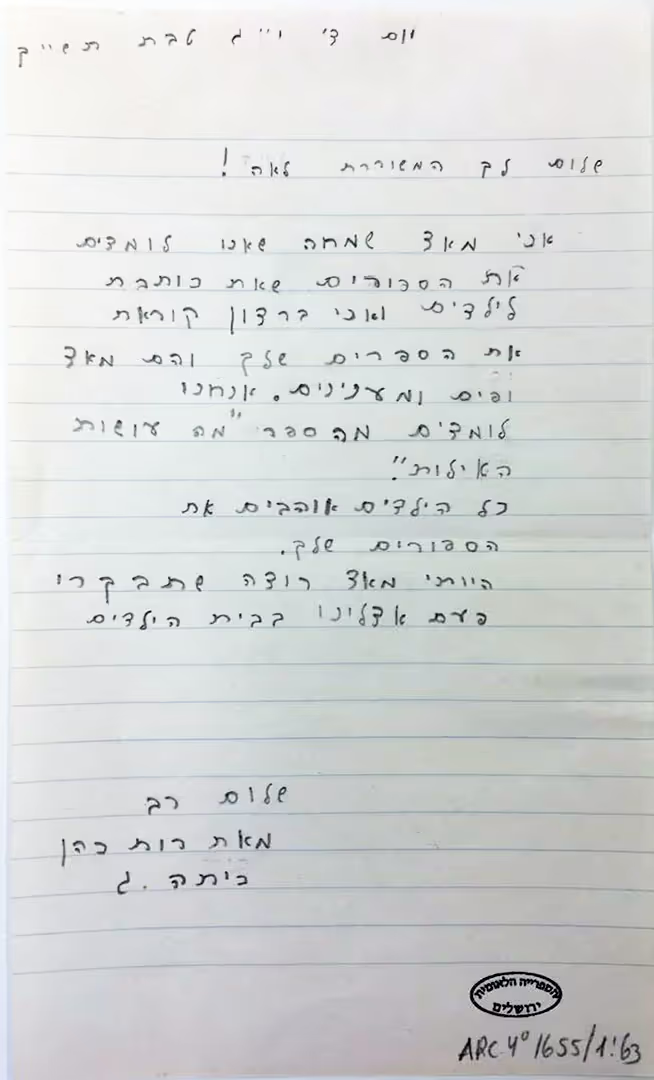
Quite a few of her young readers found promise in these lines. During the years that she was working and writing in Israel, many girls and boys sent fan mail to “Lea the Poet” asking her to visit them, or even to be allowed to come and visit her. And if such a meeting wasn’t possible? Well then, they would be content if she would simply agree to write a funny story or rhyme about them. Some of these letters are kept in the National Library’s archives, and even this small collection tells us something about how incredibly popular this one-of-a-kind author was among the children of the Yishuv and the budding country.



Quite a few of her young readers found promise in these lines. During the years that she was working and writing in Israel, many girls and boys sent fan mail to “Lea the Poet” asking her to visit them, or even to be allowed to come and visit her. And if such a meeting wasn’t possible? Well then, they would be content if she would simply agree to write a funny story or rhyme about them. Some of these letters are kept in the National Library’s archives, and even this small collection tells us something about how incredibly popular this one-of-a-kind author was among the children of the Yishuv and the budding country.

The handwritten manuscript of My Friends From Arnon Street that is kept in the National Library of Israel does not include the charming introduction that Goldberg penned, and it only contains about half of the content that made it into the printed book, along with some corrections that Goldberg herself made on the original manuscript, in order to adjust the language to the kind of phrasings typically used by Israeli children. Even though this manuscript is only a partial version of the book, it is one of the final versions – with all its Hebrew diacritics and charm – containing 114 pages of Lea Goldberg’s own handwriting.
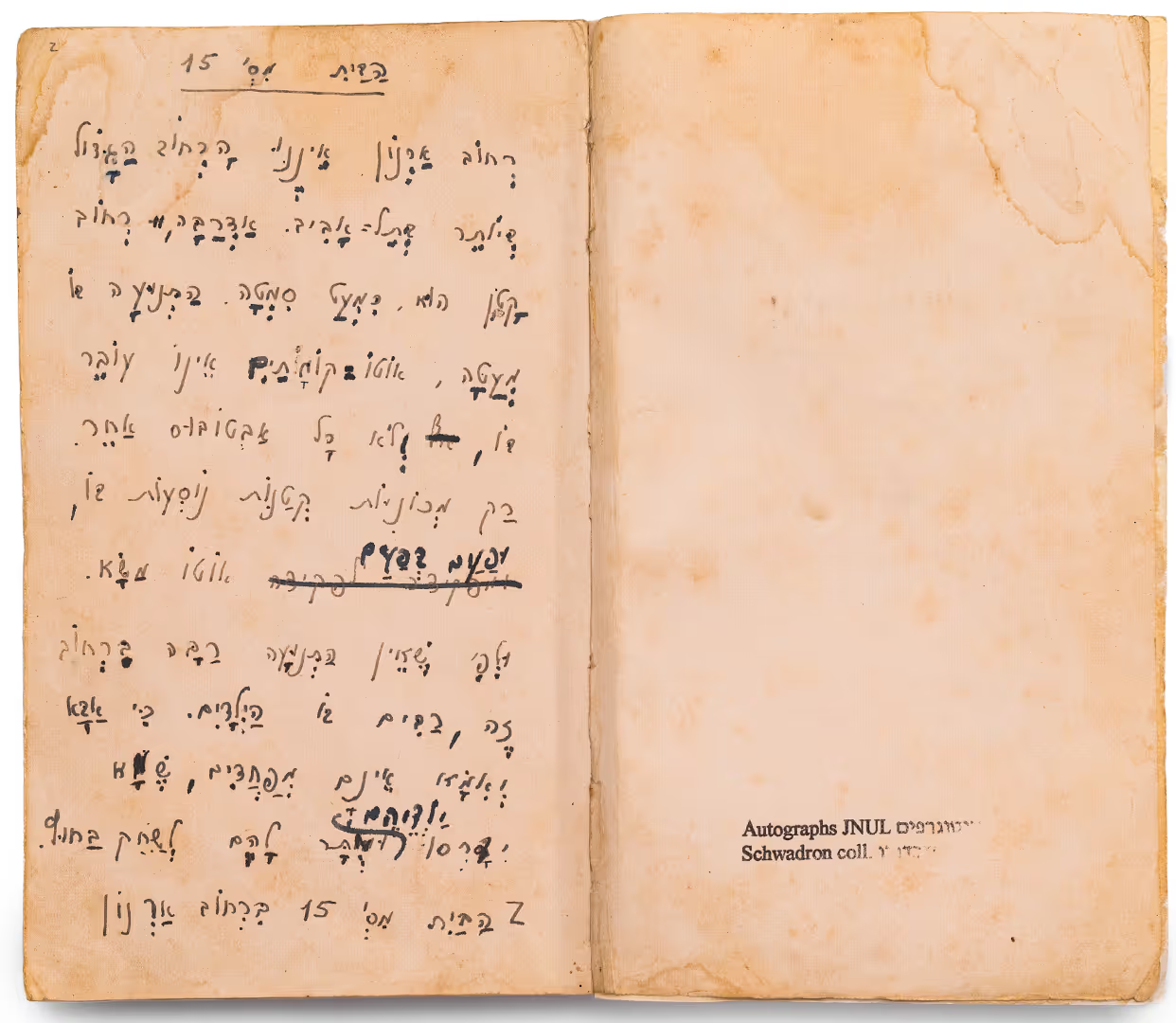
The handwritten manuscript of My Friends From Arnon Street that is kept in the National Library of Israel does not include the charming introduction that Goldberg penned, and it only contains about half of the content that made it into the printed book, along with some corrections that Goldberg herself made on the original manuscript, in order to adjust the language to the kind of phrasings typically used by Israeli children. Even though this manuscript is only a partial version of the book, it is one of the final versions – with all its Hebrew diacritics and charm – containing 114 pages of Lea Goldberg’s own handwriting.



The handwritten manuscript of My Friends From Arnon Street that is kept in the National Library of Israel does not include the charming introduction that Goldberg penned, and it only contains about half of the content that made it into the printed book, along with some corrections that Goldberg herself made on the original manuscript, in order to adjust the language to the kind of phrasings typically used by Israeli children. Even though this manuscript is only a partial version of the book, it is one of the final versions – with all its Hebrew diacritics and charm – containing 114 pages of Lea Goldberg’s own handwriting.

The manuscript was donated by the esteemed writer, journalist, and literary researcher A. B. Yoffe, a close friend of Lea Goldberg’s who wrote two monographs about her life and works
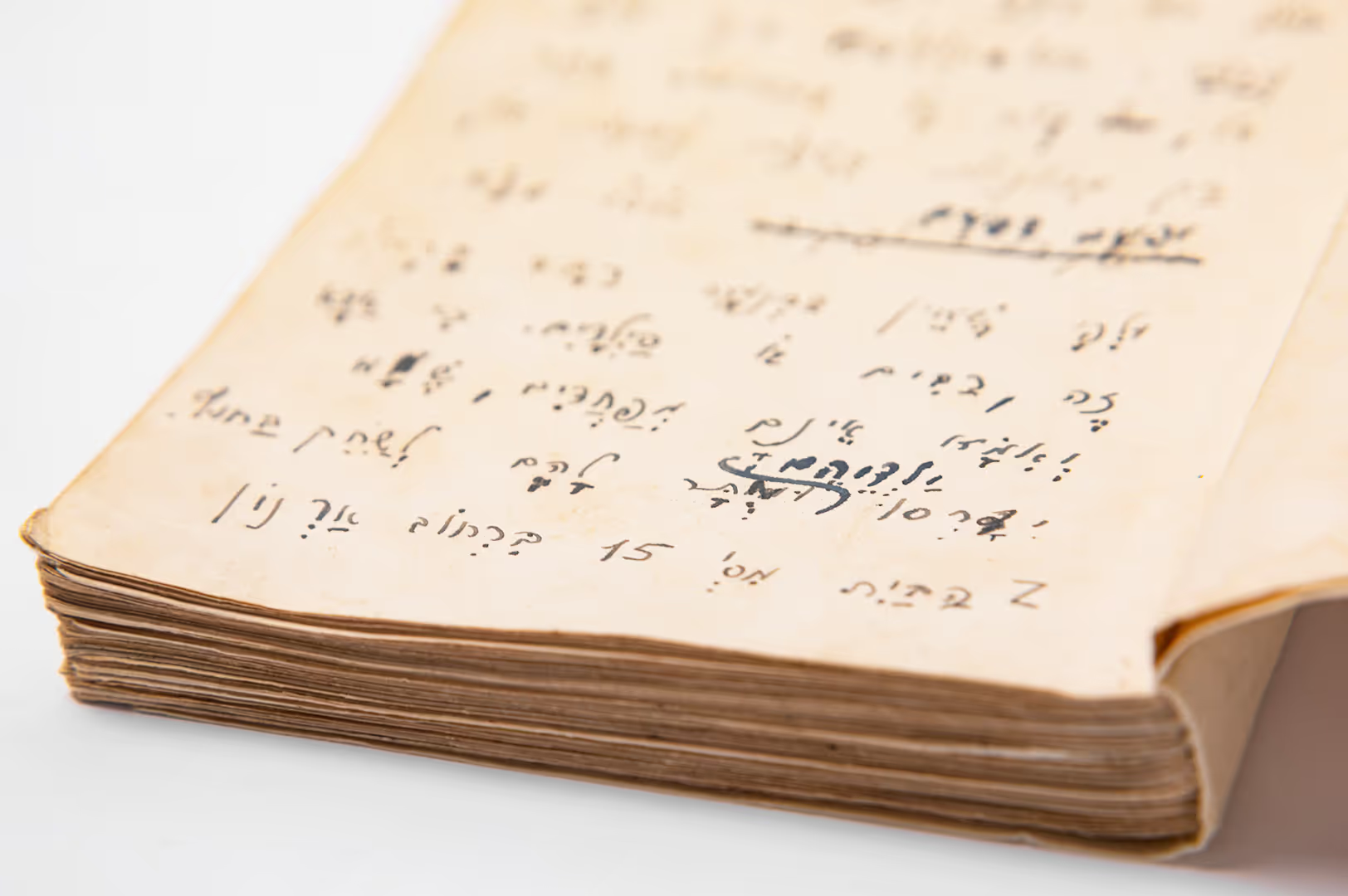
The manuscript was donated by the esteemed writer, journalist, and literary researcher A. B. Yoffe, a close friend of Lea Goldberg’s who wrote two monographs about her life and works

The manuscript was donated by the esteemed writer, journalist, and literary researcher A. B. Yoffe, a close friend of Lea Goldberg’s who wrote two monographs about her life and works

tab1img3=Lea Goldberg pictured with her friend’s daughter, Anat Weinreb (nee Landoy), in the 1950s. Photographed by: Anna Riwkin-Brick
tab2img3=The cover of the first edition of My Friends From Arnon Street by Lea Goldberg, cover design by Avigdor Renzo Luisada
tab3img2=“Hello to you, Lea the Poet! I am very glad that we learn the stories you write for children…” - A charming letter sent by a third grader named Rut Cohen, which is kept in the archives of the National Library of Israel




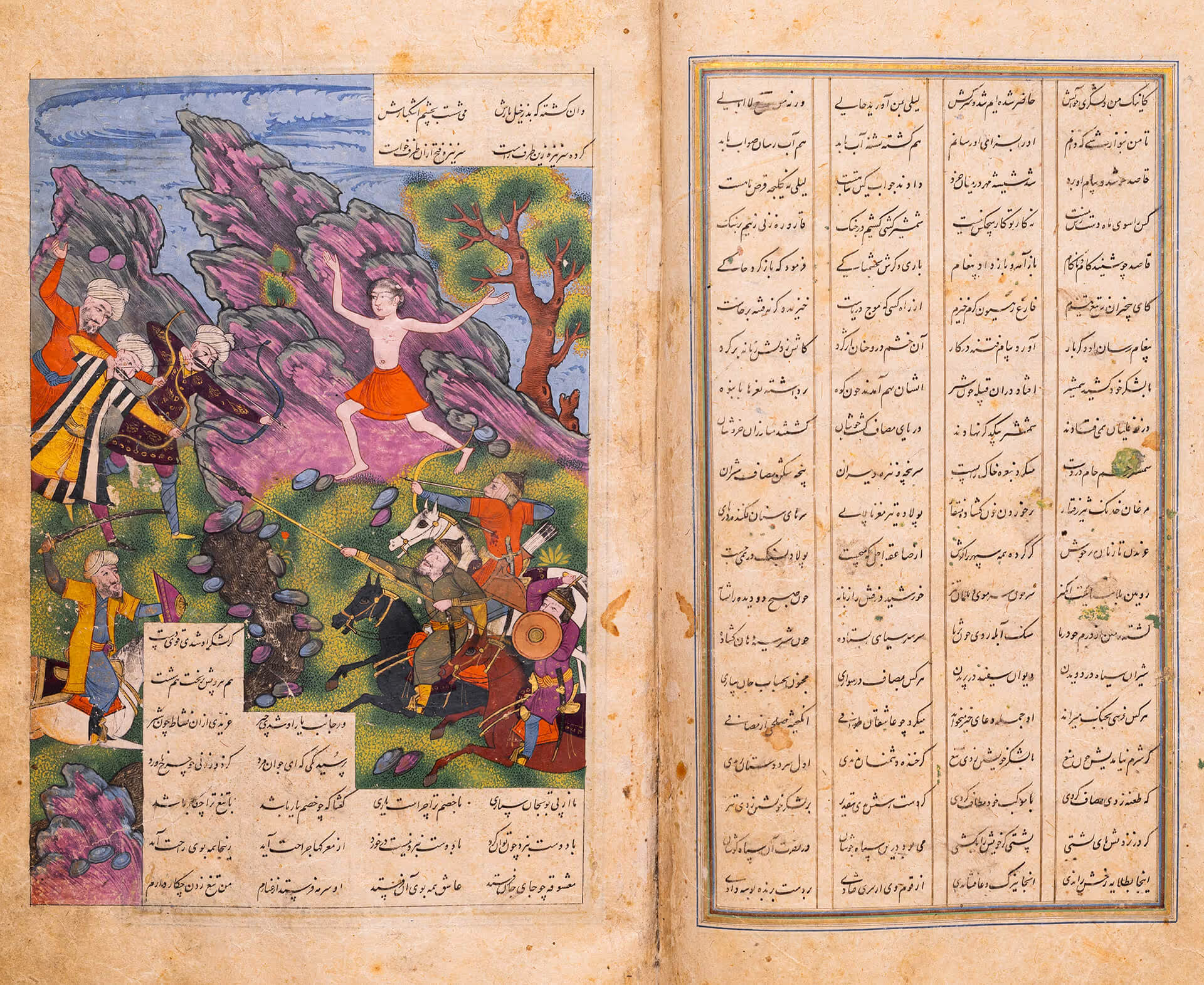
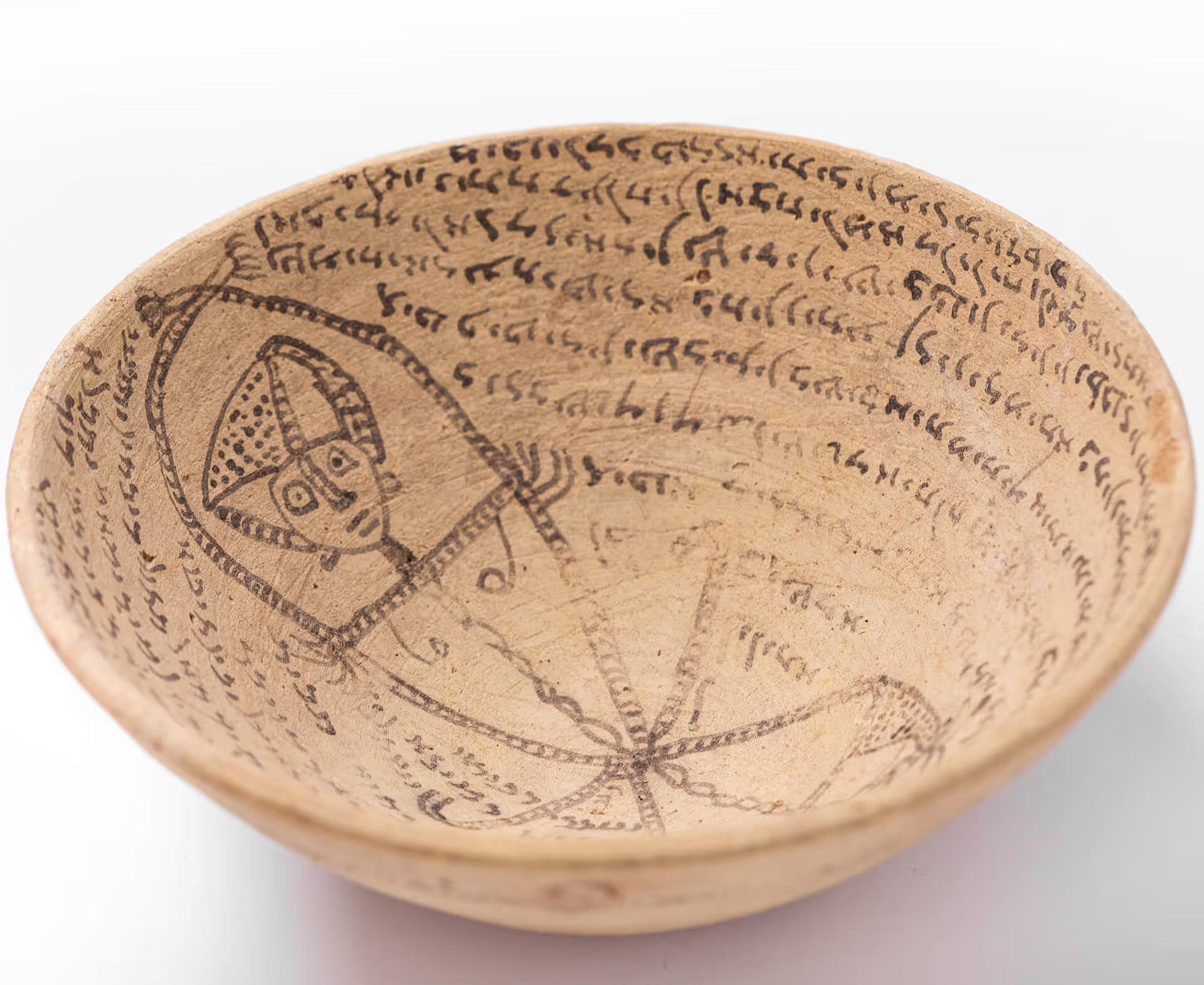
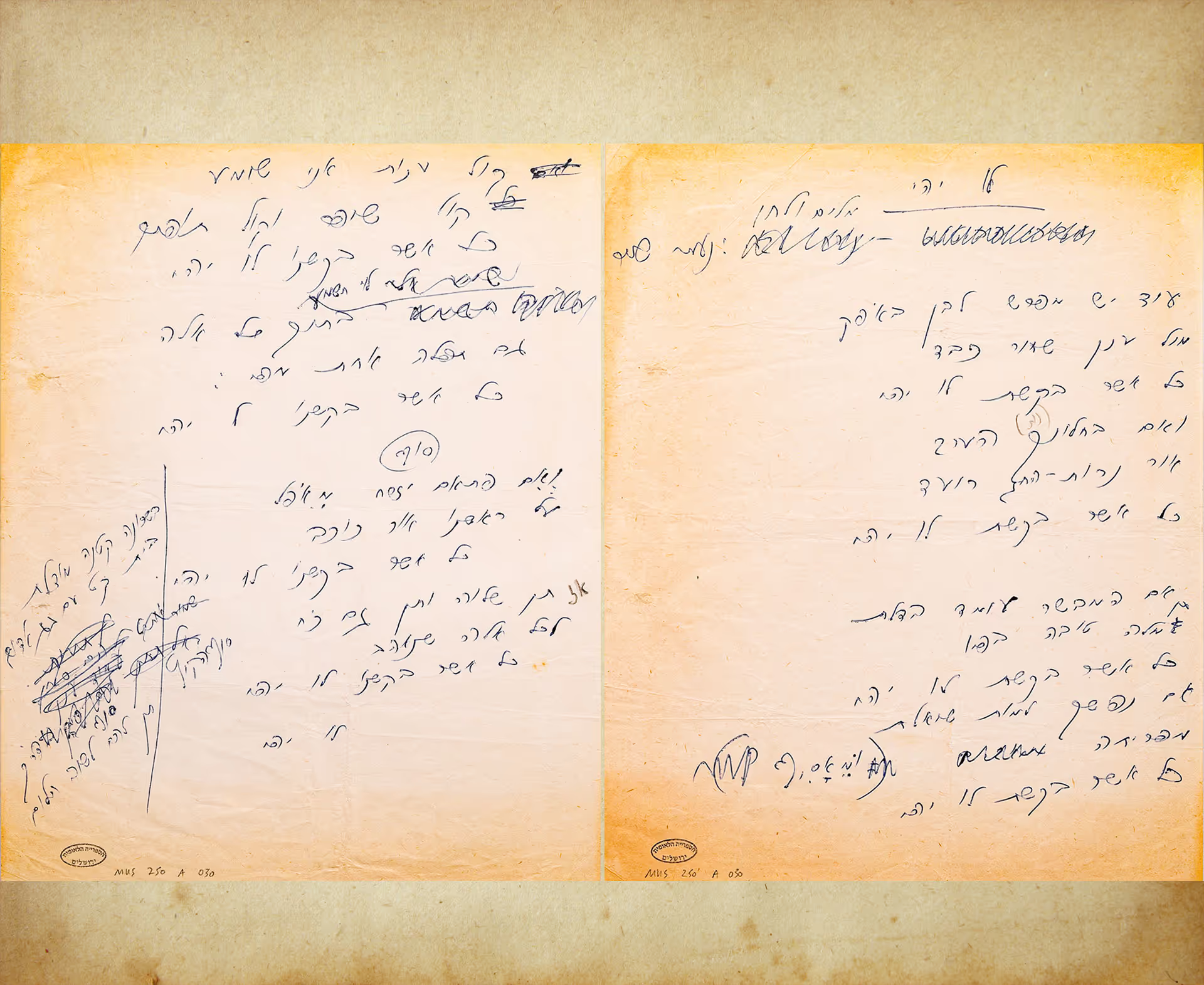
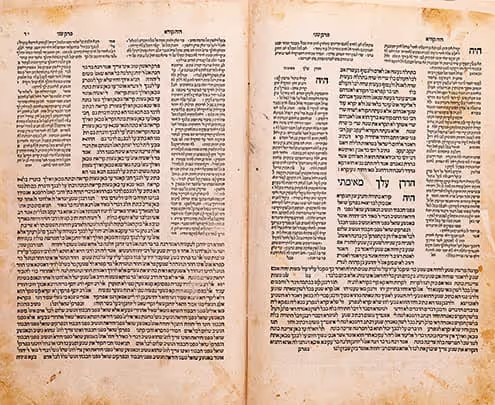






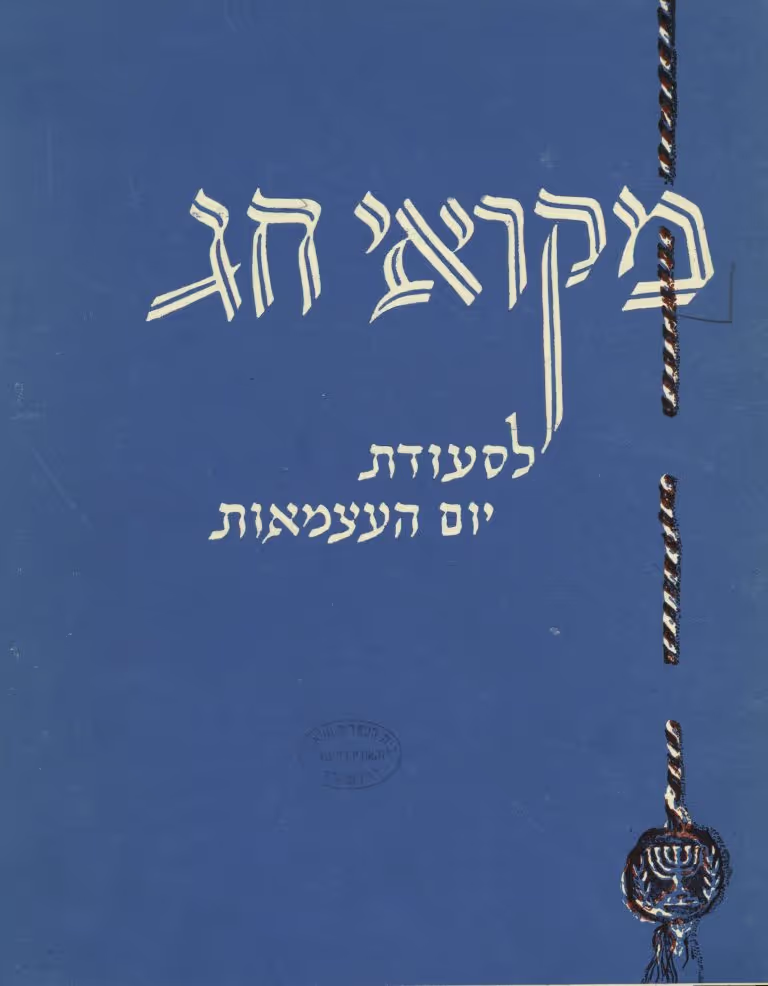
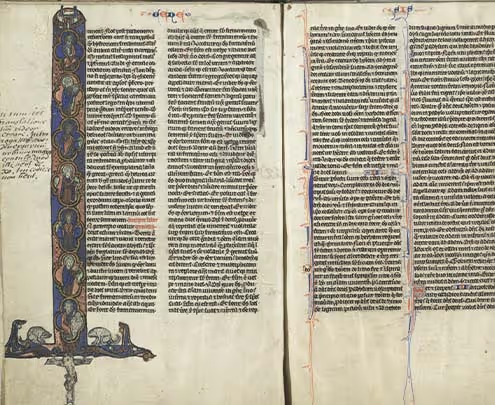

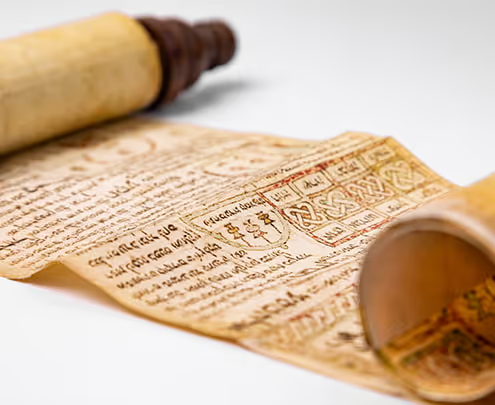


.avif)
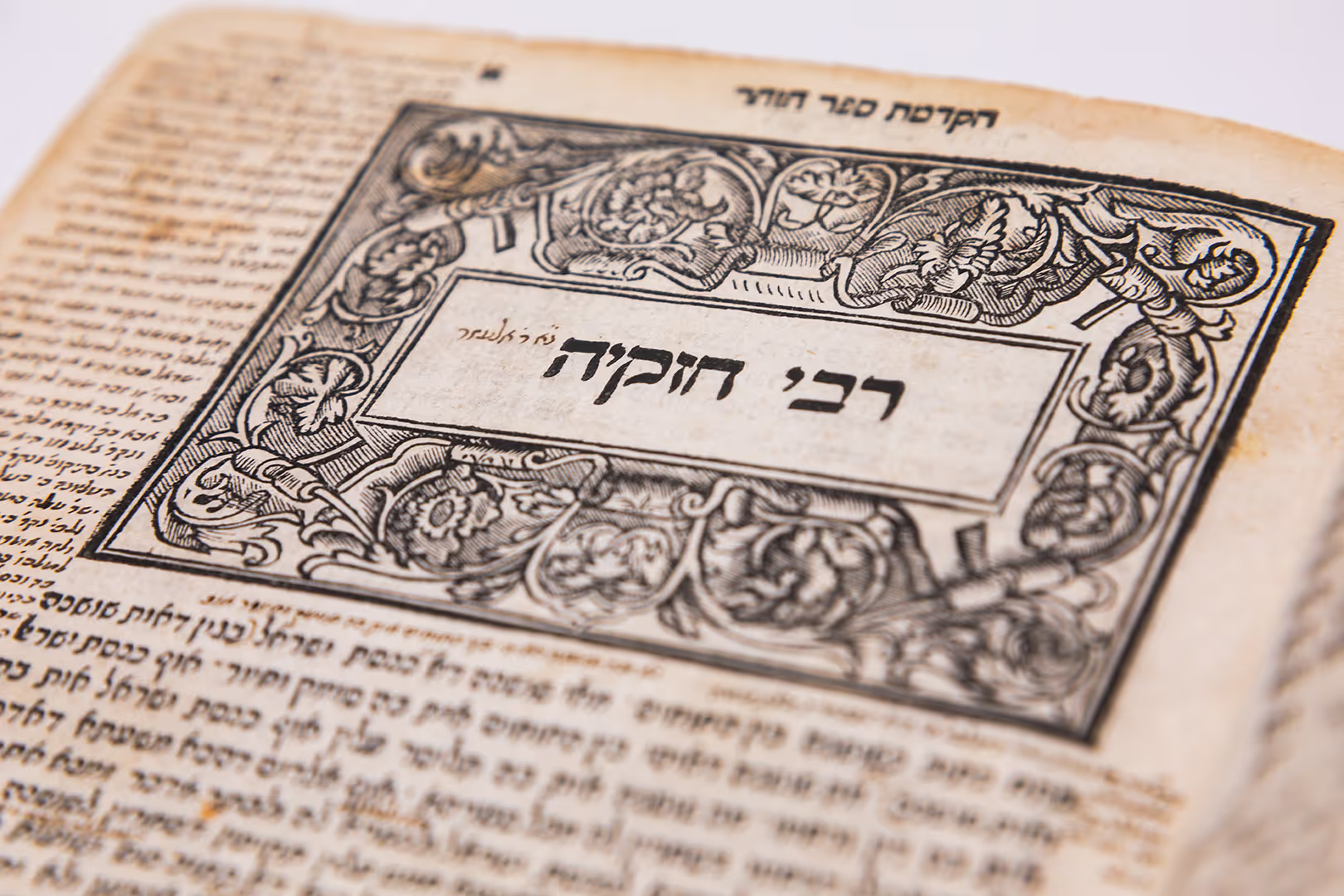





.svg)





